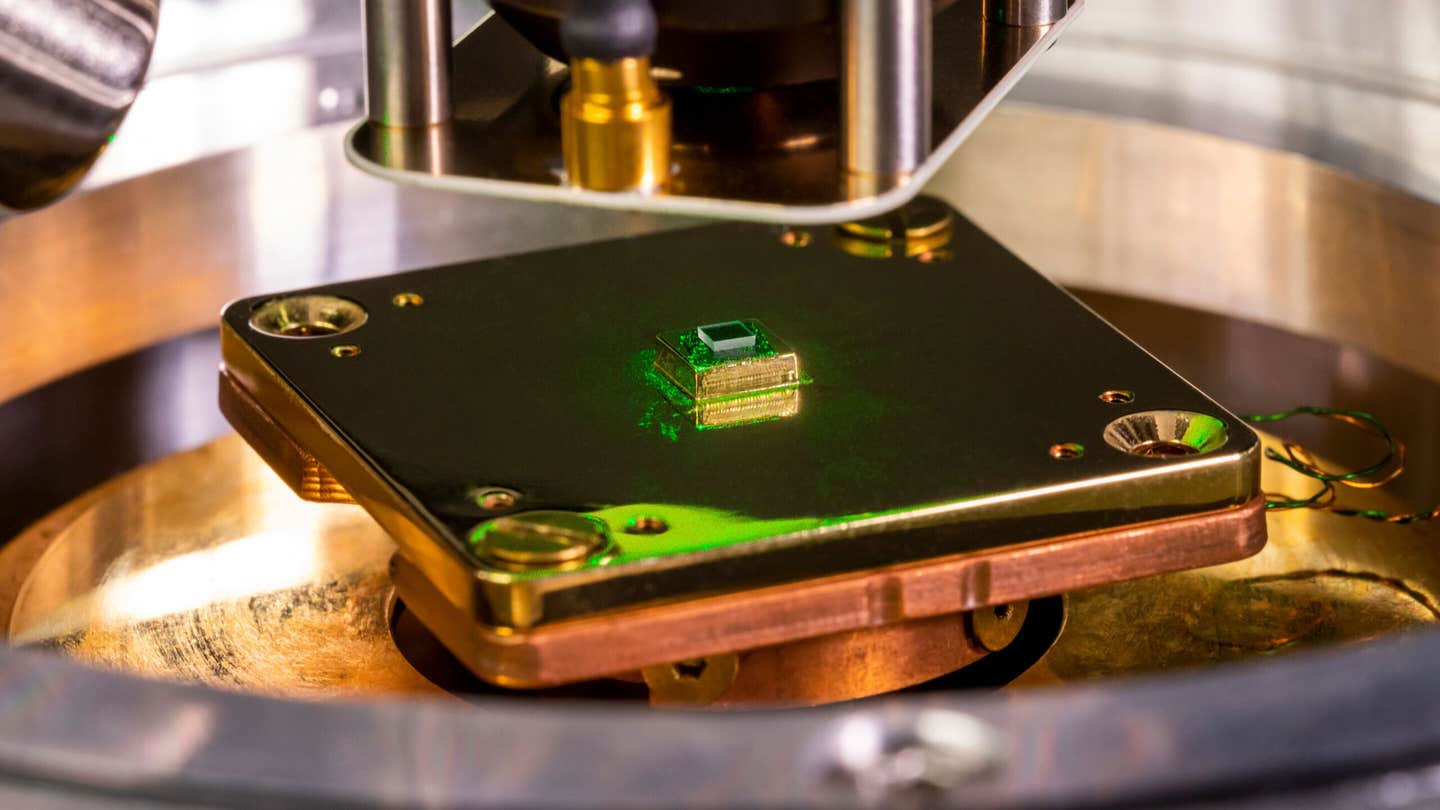Scientists created a new type of human stem cell that reverses aging and damage
Researchers created age-resistant stem cells that reversed aging in monkeys. These cells improved brain, bone, and tissue health without side effects.

Senescence-resistant mesenchymal progenitor cells (SRCs) could hold the key to reversing many signs of aging. (CREDIT: CC BY-SA 4.0)
Your body is like a busy city with construction crews working every day. These crews are your stem cells. They fix damage, keep everything running, and build new structures when needed. But as you get older, fewer workers show up. Repairs slow down, damage builds up, and your body begins to age. Scientists have long asked: Is this decline in stem cells causing aging, or is it just another symptom?
Researchers from the Chinese Academy of Sciences and Capital Medical University think they are closer to the answer. They created a special type of human stem cell that resists aging and damage. These cells are called senescence-resistant mesenchymal progenitor cells (SRCs). In simple words, they are stronger stem cells that can survive stress and do not form tumors. These supercharged cells could hold the key to reversing many signs of aging.
How Stem Cells Change Aging
In a recent study published in the journal Cell, scientists tested these SRCs on macaques. These monkeys are very similar to humans, making them ideal for aging research. The team worked with macaques that were the equivalent of humans in their 60s and 70s.
The macaques received intravenous SRC injections every two weeks for 44 weeks. That’s almost a year. The dose was 2 million cells per kilogram of body weight. During this period, the researchers checked the animals' health closely. They found no fevers, no immune overreactions, and no weight loss. Tests showed no tissue damage or tumors. These results confirmed that SRCs are safe.
But the most amazing part was what happened inside the monkeys’ bodies. The SRCs reversed key signs of aging in 10 major body systems and 61 tissue types. The monkeys’ brains worked better. Their bones were stronger. Their tissues showed less damage. Even their sperm production improved. Over half of the tissues tested showed their genes acting like those in much younger monkeys.
At the cell level, there were fewer damaged cells. Inflammation went down. New, healthy cell populations grew in the brain and reproductive organs. Machine learning models estimated that the biological age of their brain cells turned back by 6 to 7 years, and their eggs reversed by 5 years.
Related Stories
The Science Behind SRCs
The secret power of these SRCs lies in a protein called FOXO3. This protein is known for its role in human longevity. The scientists edited two sites on the FOXO3 gene to make it stronger. They created human embryonic stem cells with these changes and then turned them into mesenchymal progenitor cells. These new cells showed stronger growth, resisted aging, and avoided becoming cancerous.
Tests in lab dishes showed that these SRCs had:
- Longer telomeres, which protect DNA.
- Less harmful inflammation.
- Better stability in their genetic material.
They even resisted damage from UV light and hydrogen peroxide, which can age normal cells. This resilience is important because older bodies are full of stress signals that would usually damage stem cells. SRCs could survive and thrive in this environment.
How SRCs Rejuvenate the Body
But how do SRCs create such large changes? The answer lies in exosomes. These are tiny packets released by the SRCs. Exosomes carry molecules that reduce inflammation and help maintain DNA stability. When researchers tested these exosomes in human cells, they saw improvements in neuron health, ovarian cells, liver cells, and blood vessel cells. This suggests that exosomes alone could hold rejuvenating power.
In mice, giving exosomes reduced organ degeneration. In monkeys, the SRCs’ exosomes worked together with the cells themselves to create system-wide benefits. These included:
- Increased brain cortex thickness in areas tied to memory and thinking.
- Better nerve connections and signaling.
- Stronger bones and less osteoporosis.
- Reduced fibrosis and fat build-up in tissues.
One task used to test memory was the Wisconsin General Test Apparatus delay task. Monkeys treated with SRCs performed better in finding hidden food than untreated monkeys. Brain scans showed thicker frontal and parietal lobes. These areas help with planning and processing information. They also showed stronger connections in brain regions tied to memory and thinking speed.
The Future of Anti-Aging Medicine
These findings are a breakthrough. For the first time, scientists showed that stem cell therapy could reverse aging in primates without causing harm. This paves the way for human trials. Unlike single-target drugs, SRCs affect many systems at once. Aging is not caused by just one thing, so a wide-reaching treatment like SRC therapy could be more effective.
Dr. Jing Qu, one of the study leaders, explained, “Our study provides initial evidence that genetically modified human mesenchymal progenitors can slow primate aging, highlighting the therapeutic potential of regenerative approaches in combating age-related health decline.”
This therapy could help with conditions tied to aging like brain diseases, weak bones, and fertility problems. Current stem cell treatments already show promise for arthritis, tissue fibrosis, and premature ovarian failure. But they often fail when the aging body damages the transplanted cells. The genetic changes in SRCs make them stronger against these attacks.
Gene editing itself is an exciting field. It can correct harmful mutations and boost the strength of normal cells. By targeting genes like FOXO3, scientists can build stem cells that survive better, resist stress, and avoid cancerous changes.
A New Era in Longevity Research
Over the next few years, expect more research on SRCs in humans. The team used biweekly doses over nearly a year in monkeys. They will need to see how humans respond to similar treatments. Safety will remain the top concern. No therapy is worth the risk of tumors or dangerous immune reactions.
However, these findings change what people thought possible. Until now, stem cell therapy in aging was debated. Some experts thought declining stem cells were only a side effect of aging. This research suggests they are a key driver, and replenishing them could turn back the biological clock.
For many, the idea of reversing aging sounds like science fiction. But step by step, science is showing that aging is not just a passive slide into decline. It is an active process that may be slowed or even reversed.
The discovery of SRCs is not just a new therapy. It is a new way of thinking about life itself. Stronger stem cells mean stronger bodies, healthier organs, and longer lives. As research continues, you might see a future where aging is no longer a fate, but a challenge science can meet.
Note: The article above provided above by The Brighter Side of News.
Like these kind of feel good stories? Get The Brighter Side of News' newsletter.



